Queen cells are perfectly normal occurrence in the beehive.
They are cells from which the queens emerge. It is easy to distinguish them from the other brood because of their size. The older the queen cell the more it looks like a small peanut in a shell.

The bees make queen cells when their colony needs a new queen.
Advertisement :
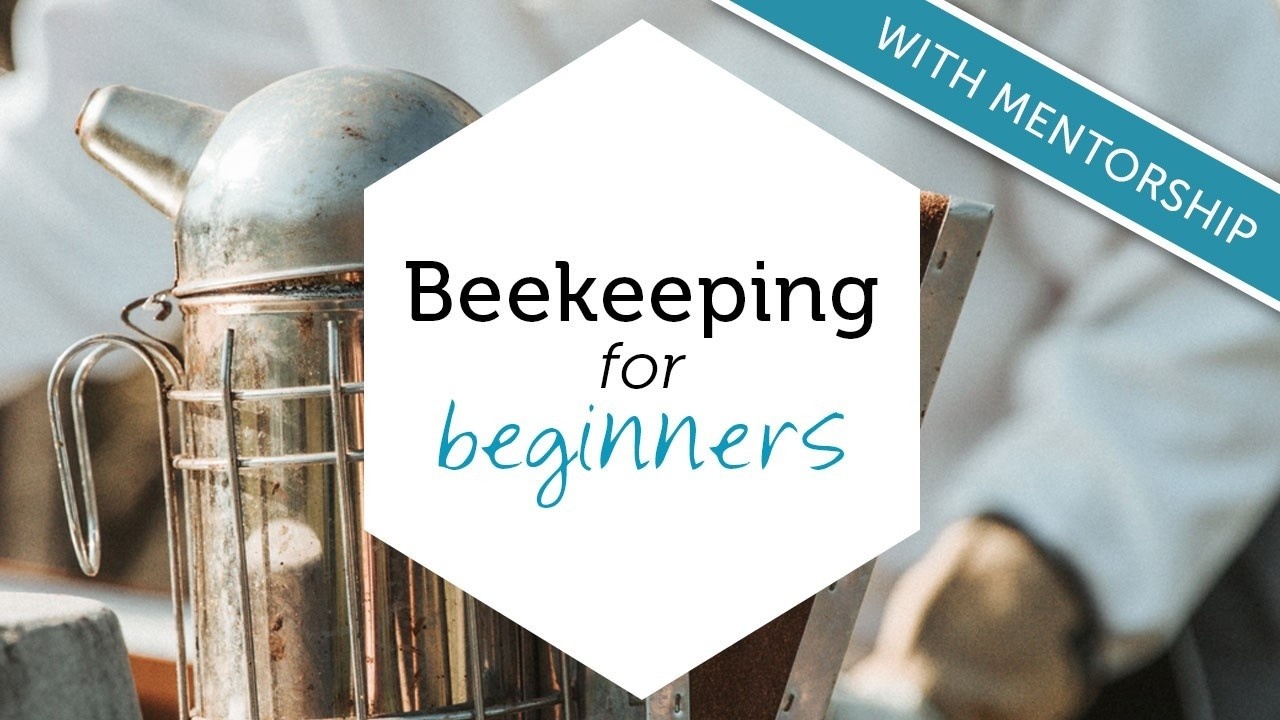
Beekeeping for Beginners
Everything you need to know!
This is a full beekeeping course for beginners.
Queen cap

Bees often make queen caps on the honeycomb - even if they don’t need them.
Beginner beekeepers are usually frightened when they see queen caps thinking that the bees are making queen cells.
While the caps are empty (there aren't any eggs or larvae in them) they are not queen cells and there is nothing to be worried about.
If you see queen caps there is no reason to be alarmed because they are usually empty. Also, there is no need to check if there is anything inside of them – the beehive shouldn't be open for a long periods of time.
There is no need to worry about queen caps at all.
Only when you see elongated walls, then you have queen cells, in other words, the bees are making a new queen for some reason.
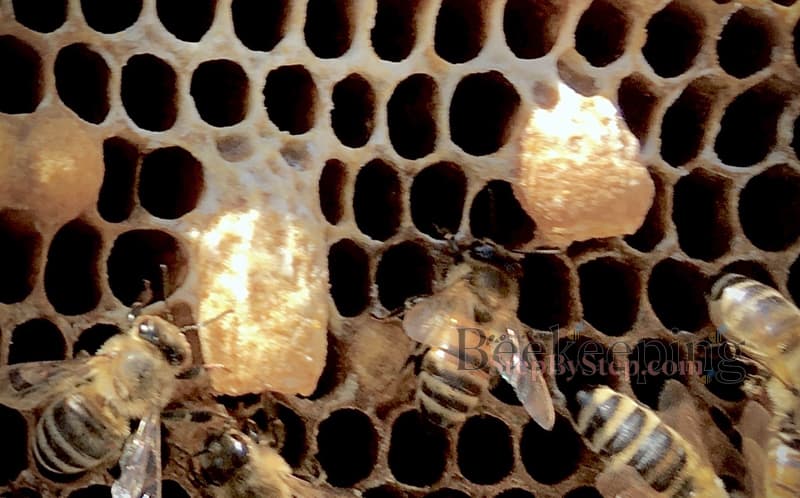
Open queen cell
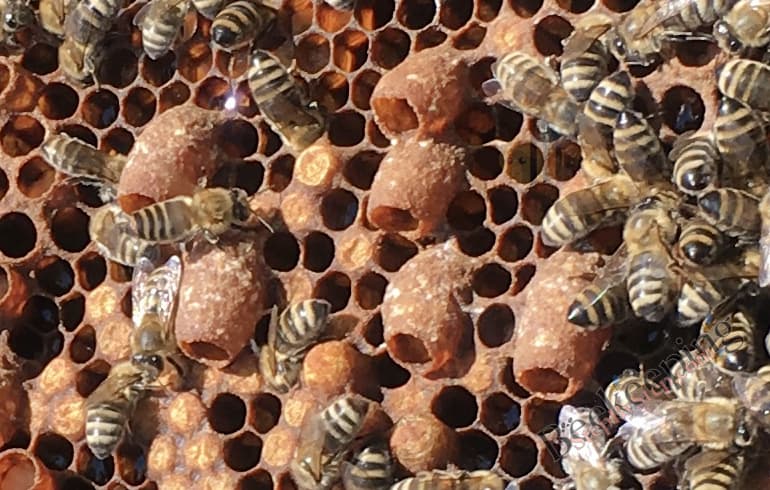
Queen cell is small in the beginning. As the larva grows the bees extend the walls of the queen cell.
Opening of the queen cell is turned downward.
Inside of open queen cell you can see large quantities of white substance – royal jelly and a larva floating in it.

You should be careful with the frame on which the queen cells are located – they shouldn't be shock or turned upside down too much because this can harm the queen cells and the queen larvae in it.
Closed queen cells
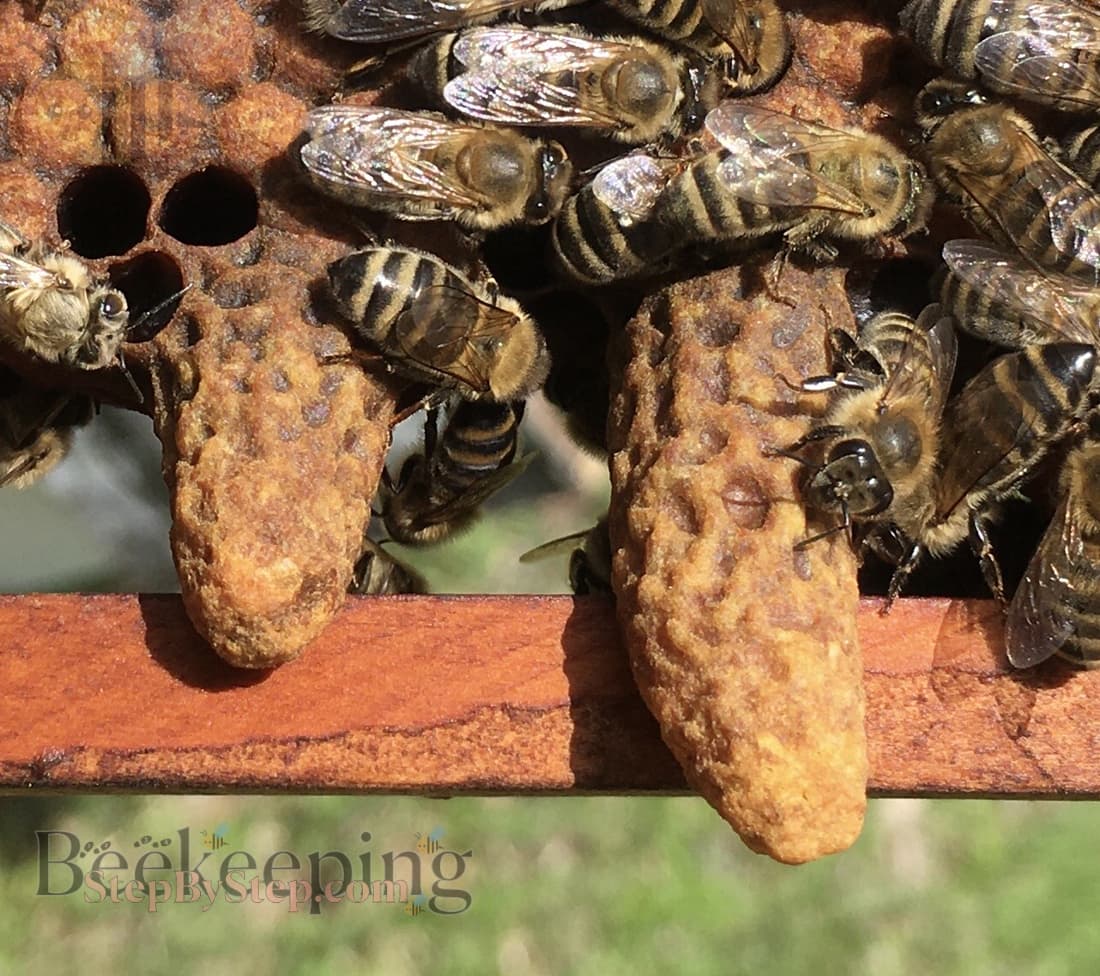
8.5 days after the egg was laid the bees close the queen cell.
The walls of the closed queen cell are at the start thin and easy to damage. The bees gradually thicken the walls so that the queen cell becomes stronger, and the surface becomes rougher – like a peanut shell.
The queen needs 7.5 days to develop inside the capped queen cell.
Emerged queen cell
When the time comes for the queen bee to come out of her queen cell, she chews through the beeswax on top of the cell.

Queen cell from which the queen emerged is recognizable by the chowed circle at the top. Sometimes that chowed circle of beeswax stays partially attached to the queen cell so it looks like a small door.
The difference between the open and emerged queen cell
Emerged queen cell:
![]() Walls of the emerged queen cell are thicker and rougher
Walls of the emerged queen cell are thicker and rougher
![]() The edge of the opening is chewed
The edge of the opening is chewed
![]() Queen cell is empty
Queen cell is empty
Open queen cell:
![]() Walls of the open queen cell are thinner and less rough
Walls of the open queen cell are thinner and less rough
![]() Inside you can see royal jelly and larva
Inside you can see royal jelly and larva
![]() The edge of the opening is smooth
The edge of the opening is smooth

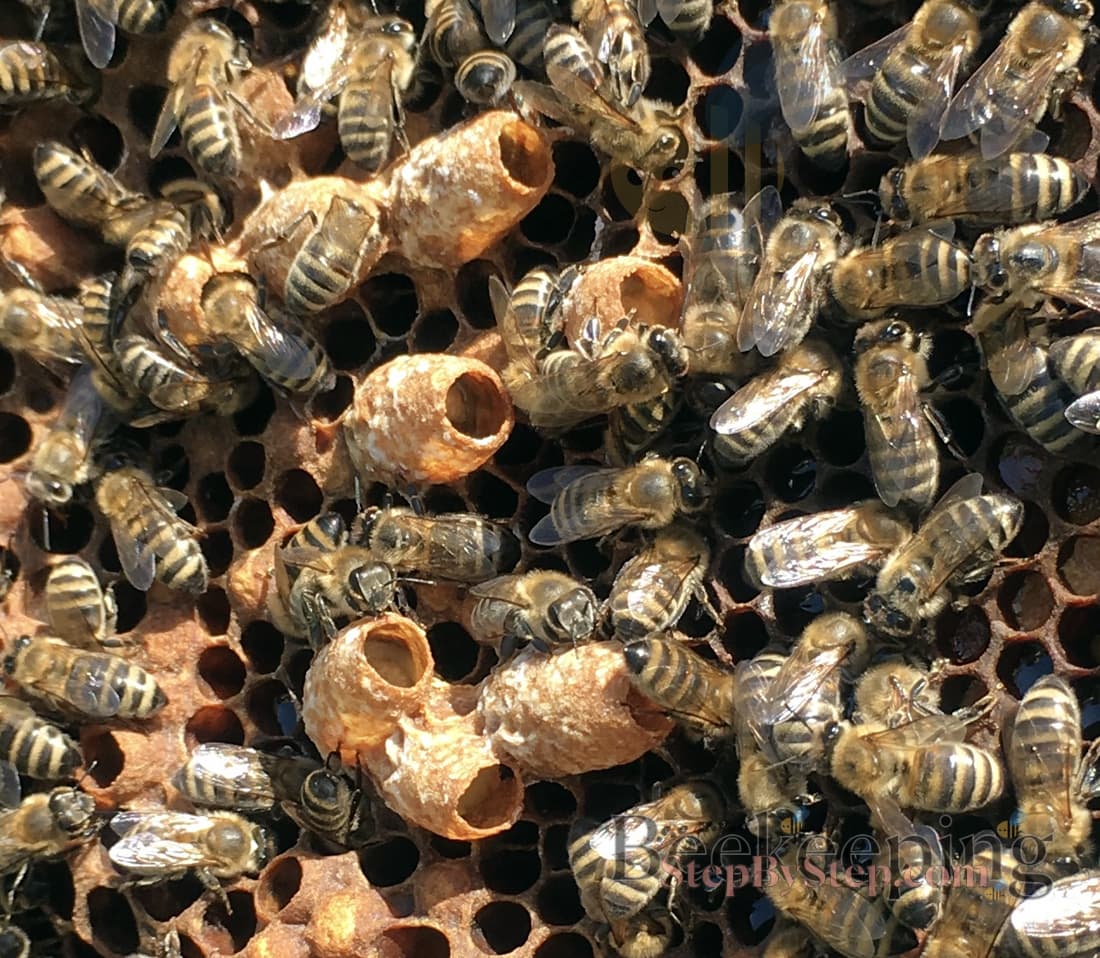
Queen cell chowed out on a side
When a young queen bee emerges, she tends to destroy other queen cells – to kill the queens inside of them before they can hatch.
The bees can do this as well – if for some reason there is no need for a new queen to hatch (for example, if the beekeeper puts a mated queen in the hive). They do this by chowing out the side of the queen cell.
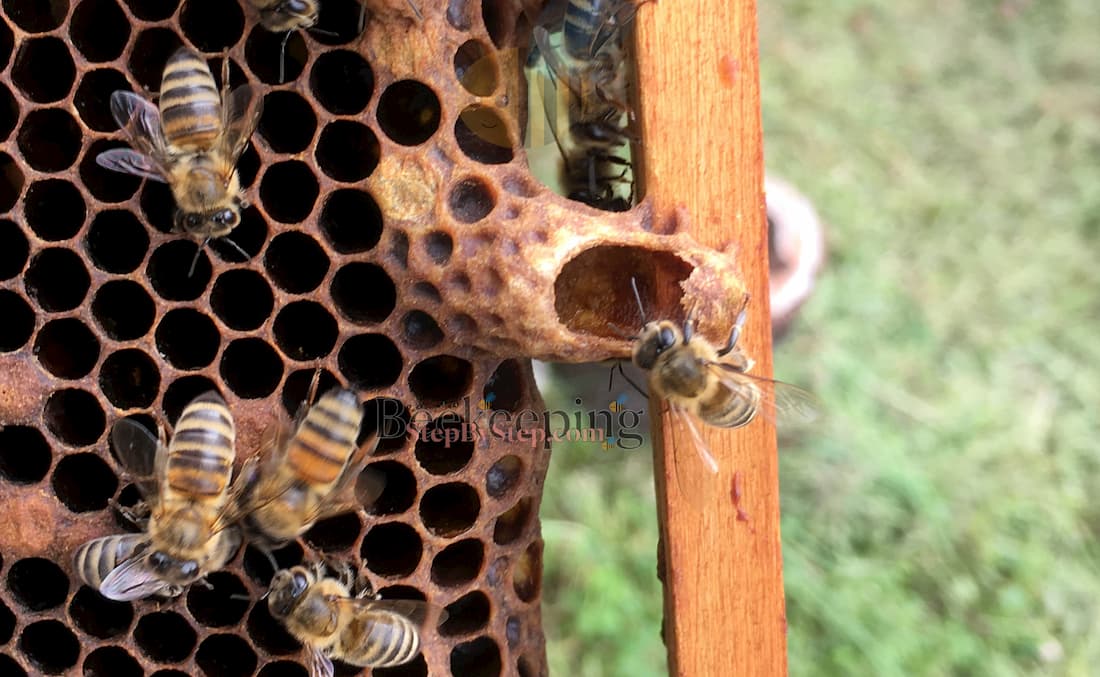
If the queen cell has an opening on the side rather than on the top, this means that the queen bee inside that cell was killed.